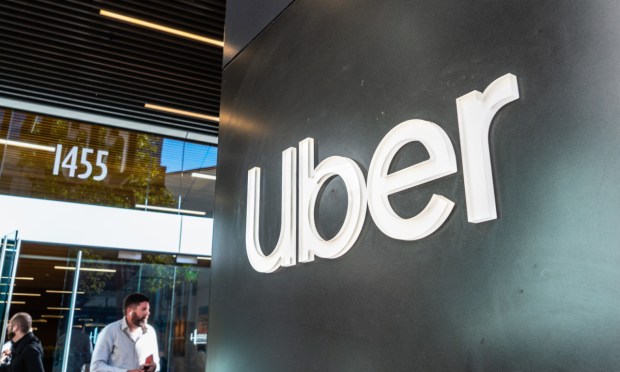Report: Uber Plans TaskRabbit-Style ‘Chore’ Service

Uber is reportedly looking to add odd jobs to its list of services.
The company is developing “Chore,” a service similar to TaskRabbit that would let users hire people to carry out random jobs, Bloomberg News reported Friday (Sept. 8).
The report said “Chore” was discovered in hidden code strings inside Uber’s iPhone app by developer Steve Moster and shared with Bloomberg.
The code says “taskers” can be hired for a minimum of one hour, with users required to describe what work they need to do, how long it will take, and when the tasker should arrive.
While the code doesn’t offer examples of possible tasks, the Bloomberg report notes that companies like TaskRabbit and Angi let people hire workers for things like cleaning, assembling furniture, or help with moving.
PYMNTS has reached out to Uber for comment but has not yet received a reply.
Uber’s apparent interest in expanding its gig work offerings is happening at a time when consumers are increasingly generating income through side jobs.
Speaking with PYMNTS in April, LendingClub Financial Health Officer Anuj Nayar said he was struck by the sheer scale of the money being generated by employed people adding side gigs.
“The thing that jumped out to me is they’re generating over $50 billion a month from these cash-based side gigs, which is a huge amount,” he said.
PYMNTS intelligence has shown that 29% of consumers have begun cultivating extra income in various ways. This trend first kicked into high gear in early 2022 as COVID-19 lingered and inflation began to balloon.
This coincided with another pandemic trend — remote work — which took people away from their offices and into home-based settings where many of them felt comfortable earning extra income “after work.”
“The data shows that this is going to continue,” Nayar said. “Even those who are not currently deriving an additional income, when asked if they plan to in the next three months, 51% said they did. You can see that some of those people are starting to shift, and it makes sense.”
The report found that while 38% of struggling workers said their financial situation would diminish seriously without extra income, as it would for 22% of those not struggling, there are also signs that there are ways to overcome paycheck panic.
“There’s more silver lining now than there was a year ago,” Nayar said. “A year ago, we were in the depths of, ‘What is going to happen?’ The best thing we’re seeing is consumers are really starting to take control of their finances. They’re fully understanding that they’re in control of how they manage their financial lives,” in terms of both expenses and income.

